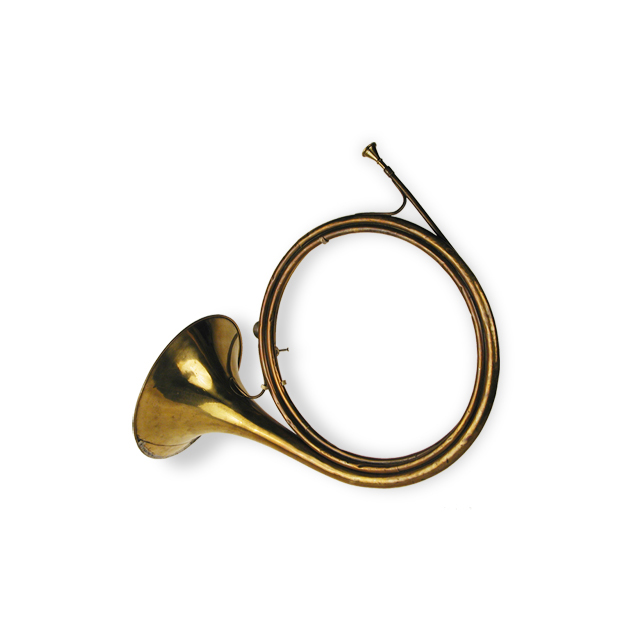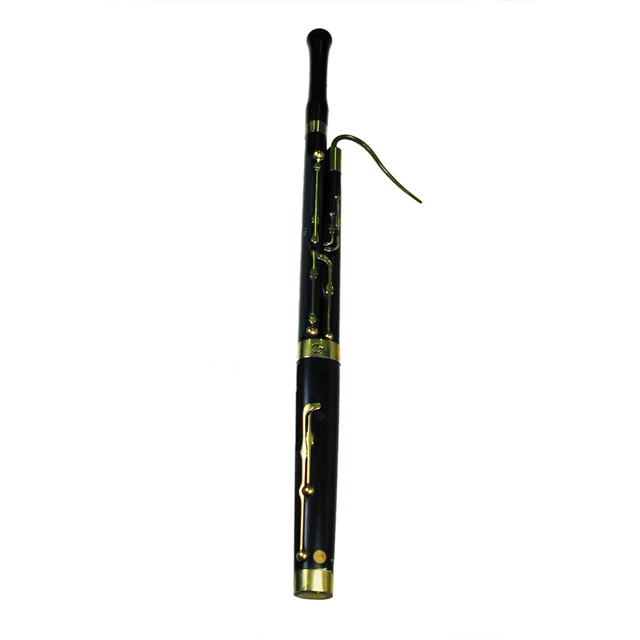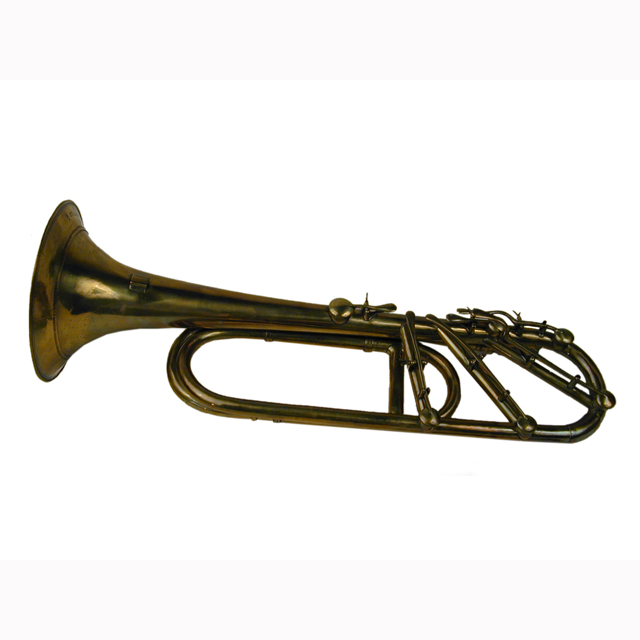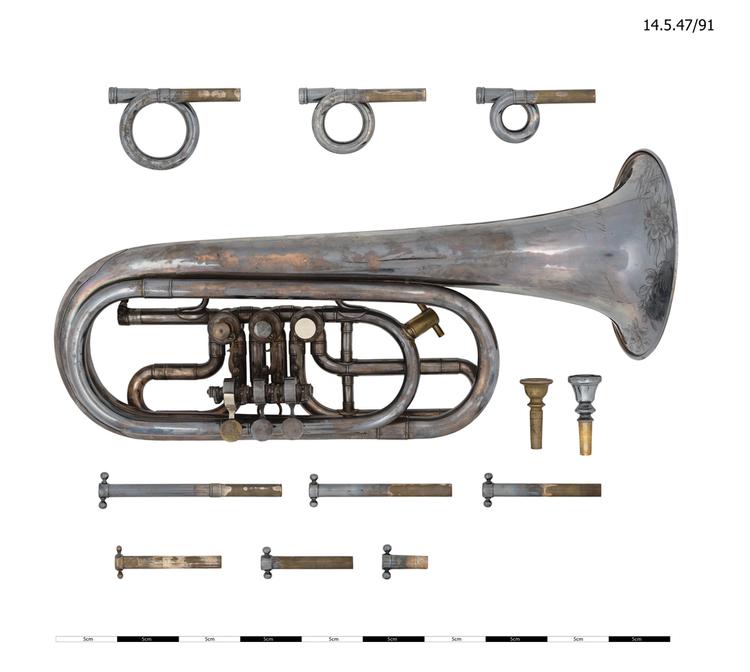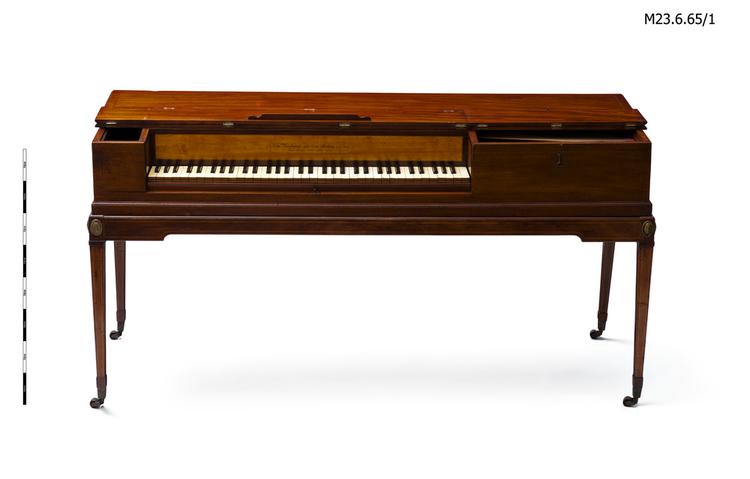








English single action square piano with four tapered legs and apron stand. Keyboard compass of five and a half octaves chromatic from FF-c4. Cranked brass under dampers. Front case flap over keys detached but present. Exterior case in solid mahogany with stringing consisting of strip of ebony sandwiched between two strips of light wood, perhaps boxwood or holly. Stand is mahogany with simple boxwood or holly stringing. Lid hinges are replacements. Music desk is integral with the fascia (nameboard) and the detached front flap would have served as another music desk when the instrument was played with the lid closed. Patera (decorative brass medallions on the tops of the legs covering screws or bolts) present, two at front legs, one at back legs, as expected, possibly not original.
During the late 18th century, the piano, allowing more direct control of volume through the force of the touch, overtook the harpsichord in popularity. By the nineteenth century, its dominance was virtually complete and no well-appointed music room could be without one. The square piano, an inexpensive rectangular model, became the primary agent of this change. Compact, yet offering a full range of notes, it allowed composers and players of widely varying means, to experiment with these new expressive capabilities. By the time this instrument was made, the musical significance of the piano was well-established. The Broadwood firm had its origins earlier in the 18th century in the harpsichord-making workshops of Burkat Shudi, a Swiss émigré who built a thriving London business. John Broadwood joined as an apprentice in 1761 and quickly rose through the ranks becoming a partner in 1769. Under John Broadwood and his sons, the workshops made a successful transition, not only from harpsichord to piano making, but also from artisan to factory production. During the course of the 19th century, Broadwood earned the Royal warrant and became one of the world’s most prolific piano makers.



